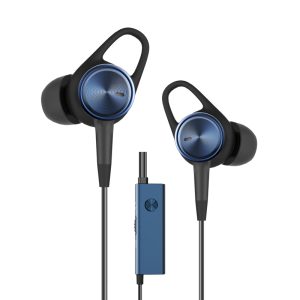Load Cell
Tension and Compression Force Sensors
Also known as load cells, these sensors measure and track the forces of your equipment by converting them into electrical signals. Send these signals to your computer or programmable logic controller (PLC) to monitor, document, and trigger actions in your machinery.
When choosing a sensor, consider whether you’ll be measuring tension, compression, or both; what shape would fit your application best; and how you’ll mount them. Select sensors with a capacity rating higher than the greatest load you expect them to receive. They’re designed to briefly handle forces 1.5 times greater than their load capacity to protect them from unexpected overload.
To connect your sensor to a computer, PLC, or both, choose a sensor with a connection kit. Kits include everything you need to relay data.
Threaded hole and threaded through-hole sensors are often used to weigh items in packaging machine bins, conveyors, and chutes. Use two or more to accurately measure uneven loads. Round with threaded through-hole sensors can be bolted to surfaces and have a low profile for applications with limited clearance. They’re commonly used to measure clamping forces.
Button sensors have a low profile to fit where there’s limited clearance. They’re often used for weight sensing in packaging machinery and for pressure sensing in medical device prototypes.
Threaded standoff sensors have a threaded hole to connect to eye bolts, rod ends, and threaded rods. They’re commonly mounted upside-down between a tank and a leveling mount to weigh material in small tanks and silos. Dual-sided threaded standoff sensors have threaded holes on opposite sides, so you can attach them between two components, such as a hanging scale and its load.
Threaded stud sensors screw into equipment. Dual-sided threaded stud sensors can monitor push-pull forces, such as when testing the durability of a folding car seat over many repetitions.
S-shaped sensors are a common choice for monitoring and testing tension in wires, cords, ropes, and harnesses.
PC connection kits link sensors to a computer or tablet via USB cord. The included software plots and analyzes measurements, letting you track high, low, and average values over time. The software can set off connected alarms or notify you by email or text message when measurements fall outside a certain range. Data can also be exported to Microsoft Excel and other analytical software such as MATLAB and LabVIEW.
PLC connection kits send signals from sensors to your PLC to trigger actions in your system, such as diverting items on a conveyor that exceed a certain weight.
PLC/PC connection kits let you use the tracking and notification features of the PC software and the trigger functions of a PLC simultaneously.
All IP rated sensors seal out dust. IP66 rated sensors stand up to spraying water. IP67 rated sensors won’t fail if briefly submersed.













